Possible L134?, but not what I'm used to
Posted: 04 Apr 2012, 01:26
I bought two of these off a guy that swore that they were L134 even though they were marked differently than those that I have purchased before from other sources. Frankly, they were so stressed from his drive that they were virtually colorless at the time. He was desperate to unload them before moving, and priced them cheaply (especially as no shipping was necessary). I was curious enough to buy them despite my reservations. Even if they ARE L134, I am not sure that I like these markings as much as the broader stripes that I am used to seeing on my other L134s. Here are the best photos I could manage of one of the pair that I captured last night. If y'all need better lighting or different angles, just give me a heads up and I'll try again.
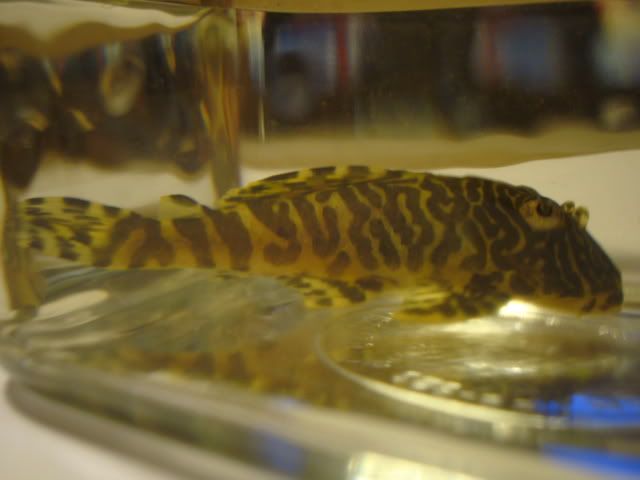
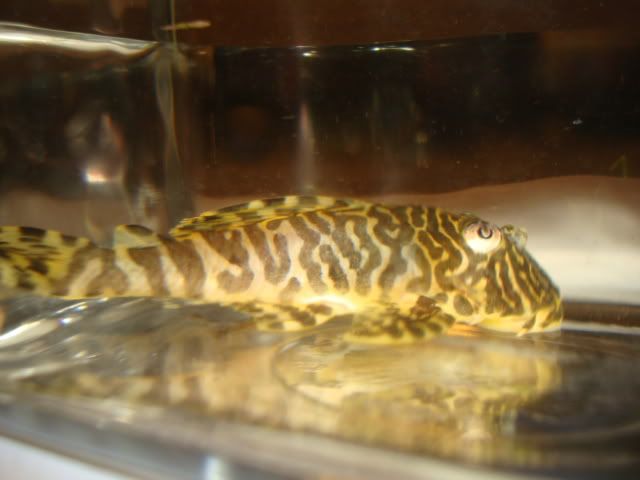
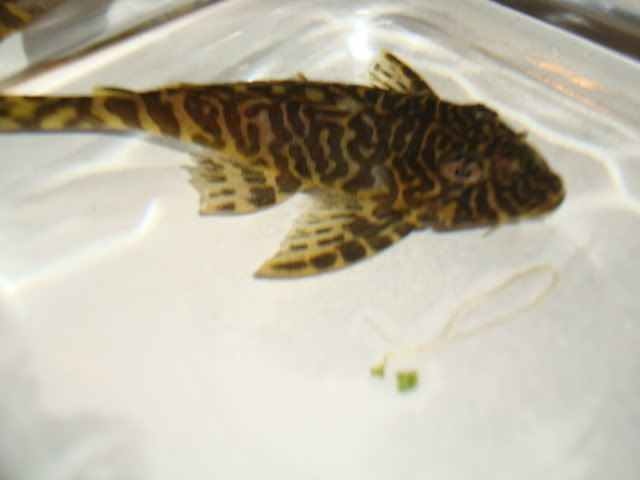

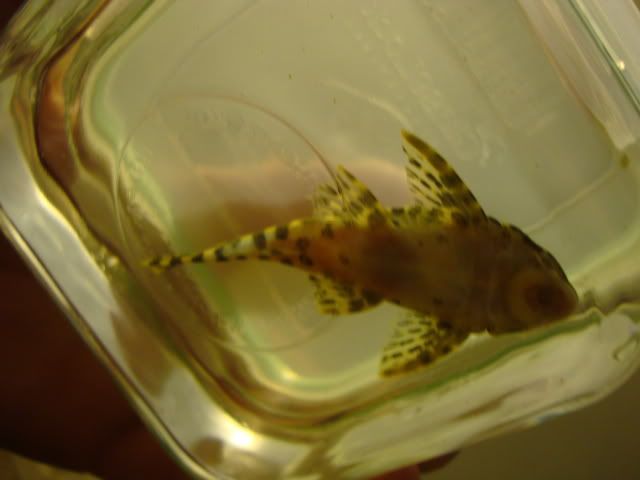
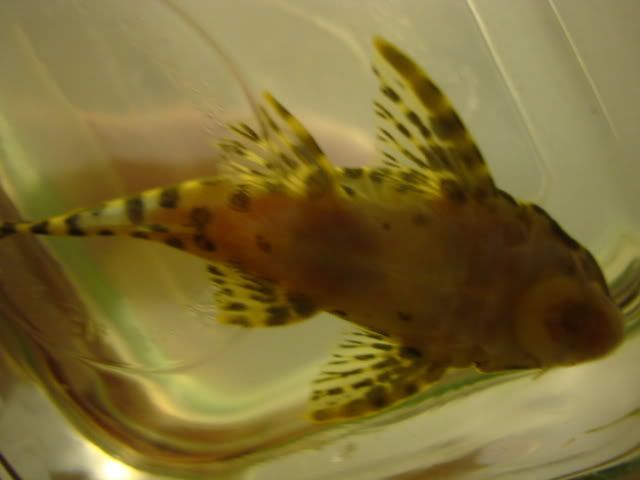
Thanks in advance for any assistance.






Thanks in advance for any assistance.
